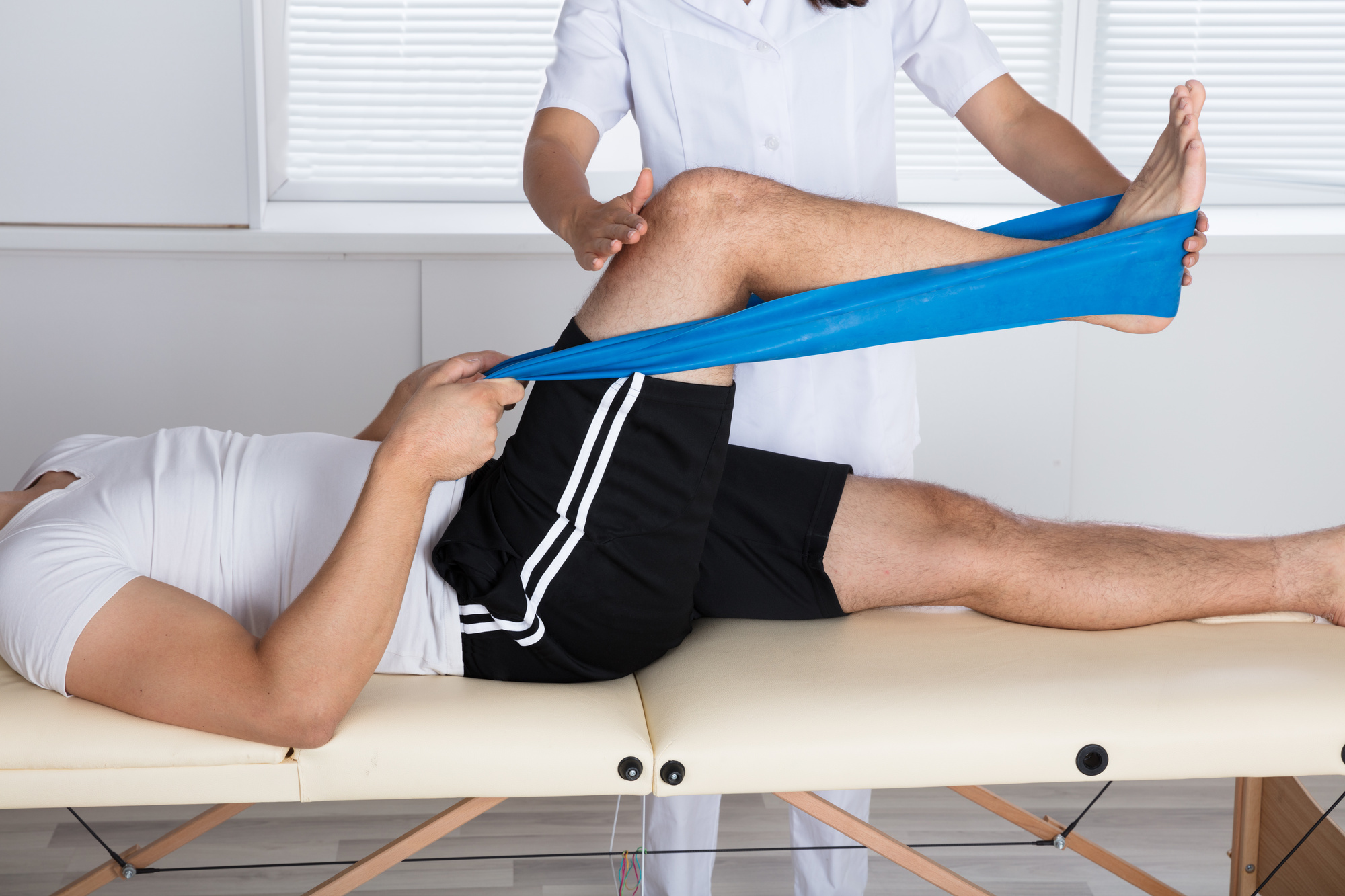Exploring the Impact of Hands-on Treatment Techniques on Alleviating Muscle and Joint Pain and Enhancing Client Outcomes
Exploring the Impact of Hands-on Treatment Techniques on Alleviating Muscle and Joint Pain and Enhancing Client Outcomes
Blog Article
Hands-on treatment methods are manual methods used by medical professionals to address muscle and joint pain. These techniques include various types of manipulation and mobilization of the human muscles and joints. The goal of hands-on therapy is to alleviate discomfort, improve movement, and boost overall performance. Many people suffer from muscle and joint pain due to injuries, suboptimal posture, or conditions like arthritis. By applying hands-on therapy, practitioners aim to tackle these concerns and help clients regain their quality of living.
One frequent hands-on treatment technique is spinal adjustment. This technique involves applying controlled pressure to the spine to enhance positioning and decrease discomfort. Research has demonstrated that vertebral manipulation can be effective in managing lumbar back discomfort and neck pain. Another technique is soft connective tissue manipulation, which concentrates on relieving tension in the muscles and soft tissues. This can help alleviate rigidity and improve flexibility, making it easier for patients to move without pain. Both methods can be tailored to satisfy the specific needs of each client, ensuring a custom method to treatment.
In addition to discomfort relief, hands-on treatment can enhance patient outcomes in multiple ways. For instance, it can improve circulation, which helps deliver oxygen and nutrients to the injured regions of the body. Improved blood flow can also promote healing and reduce inflammation. Additionally, manual therapy can help patients gain enhanced physical consciousness, which is essential for avoiding subsequent trauma. click now By comprehending how their physiques function, patients can make more informed decisions about their movements and posture, leading to long-term benefits.
The effectiveness of hands-on treatment is often backed by client feedback. Many individuals report significant gains in their discomfort intensity and overall function after receiving treatment. This favorable reaction can lead to greater drive for clients to engage in physical activity and rehabilitation exercises. When patients feel better, they are much likely to participate in their recovery journey, which can additionally improve their outcomes. This cooperative method between the therapist and the client is essential for attaining lasting outcomes.
In conclusion, hands-on therapy techniques play a vital role in alleviating muscle and joint discomfort and enhancing client results. By applying techniques such as spinal manipulation and soft connective tissue mobilization, healthcare professionals can help patients recover movement and reduce discomfort. The advantages of hands-on therapy go further than instant pain relief, as it also promotes recovery and encourages clients to take an active role in their recovery. As an increasing number of individuals seek effective therapies for musculoskeletal issues, hands-on treatment continues to be an essential choice in the realm of healthcare.